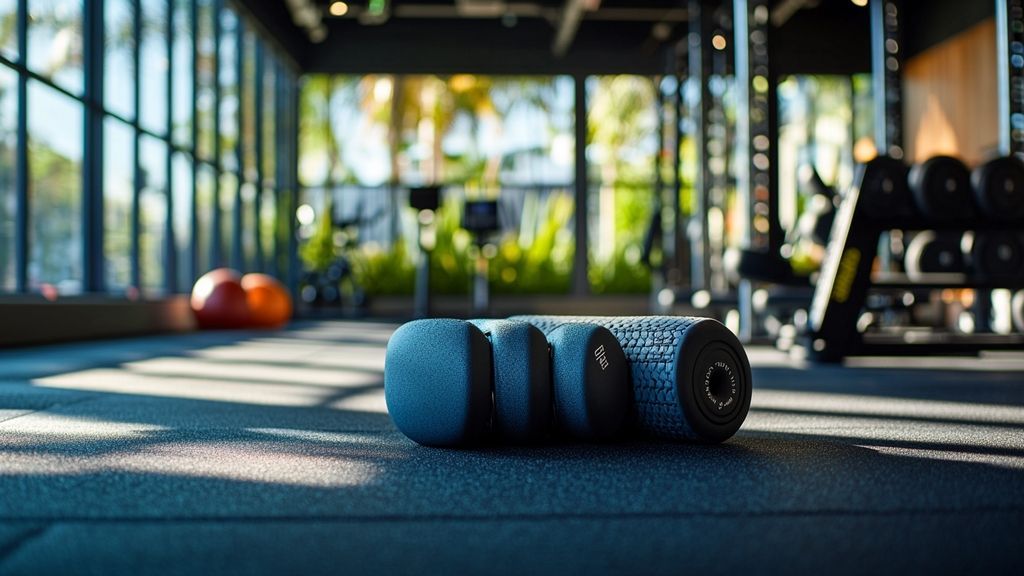Combining CrossFit and running can lead to substantial gains in performance and overall fitness levels. CrossFit specializes in high-intensity functional training that elevates strength, flexibility, and endurance, making it an excellent complementary regimen for runners looking to enhance their performance. An effective training plan can ensure you reap the benefits of both fitness modalities, whether you’re a CrossFit competitor aiming to improve your running or a runner wanting to incorporate strength training into your routine.
Understanding how to balance these two disciplines can be challenging, but with the right approach, you can develop a well-rounded fitness profile that prepares you for any physical challenges.
The Importance of Blending Strength Training and Endurance
While running builds endurance, CrossFit enhances the strength and explosiveness you need for various maneuvers. It also offers significant mobility and balance exercises that can correct weaknesses in running mechanics. Implementing a balanced training plan that includes both disciplines can prevent injuries that often arise from training strictly in one domain.
Building Strength for Runners
Integrating CrossFit workouts into your routine provides essential strength training that enhances performance in running. Key elements of strength training for runners include focusing on core stability, leg strength, and overall conditioning. Exercises such as deadlifts and squats target major muscle groups, improving muscle endurance and strength. This synergy not only assists in achieving a powerful stride but also helps in injury prevention by fortifying muscles that support the joints used during running.
Moreover, CrossFit’s emphasis on functional movements closely mirrors the biomechanics involved in running. Gravity, speed, and body mechanics are essential factors that CrossFit effectively addresses, ensuring optimal performance in running.
Finding the Right Training Balance

A crucial aspect of merging CrossFit and running into your fitness routine lies in scheduling. An effective plan ensures that intensive workouts complement each other without leading to overtraining. Assess your weekly running mileage and CrossFit WODs (Workouts of the Day) to create a balanced routine.
For instance, aim for 3-4 days of running, integrating shorter runs with higher intensity intervals. On alternate days, engage in CrossFit workouts, concentrating on building strength and developing endurance.
It can be beneficial to incorporate lighter CrossFit sessions following a longer run to aid recovery. This holistic approach optimizes both strength and endurance, ensuring you remain at your peak performance level throughout your training.
Suggested Weekly Schedule
To get started on your combined regimen, consider the following weekly schedule as a template:
- Day 1: Long run (endurance-focused)
- Day 2: CrossFit strength session (heavy lifting)
- Day 3: Short run with interval training
- Day 4: Active recovery (mobility work or light cardio)
- Day 5: CrossFit metabolic conditioning (high-intensity workouts)
- Day 6: Tempo run (maintaining a steady pace)
- Day 7: Rest or very light mobility work
Adjust the plan according to your fitness level, ensuring you listen to your body and seek professional advice when required.
Mobility Work to Enhance Performance
Integrating mobility work is vital for athletes engaging in both CrossFit and running. Mobility exercises facilitate better movement and flexibility, which contributes to improved performance and reduced risk of injury.
Key Mobility Exercises
Among the essential mobility exercises, consider incorporating the Crocodile Breathing, Dead Hang, and Kettlebell Windmill. These exercises target muscle groups critical for both running and strength training, facilitating joint flexibility and muscle relaxation. Regular practice of mobility work not only enhances your range of motion but also promotes recovery after intensive workouts.
Injury Prevention Strategies

While improving strength and endurance, injury prevention cannot be neglected. CrossFit includes varied movements, which can stress your body in different ways. Prioritize injury prevention by focusing on proper form and allowing adequate recovery time between workouts.
Listen to Your Body
Pay close attention to how your body responds during and after workouts. Adapt your program as necessary; for example, consider lowering weights or modifying exercises if you feel excessive fatigue or strain. Incorporate rest days into your training to allow your muscles to recover fully. Utilizing ice baths or foam rolling can also assist in muscle recovery.
Lastly, don’t hesitate to consult with a physical therapist or trainer who can provide you with tailored advice for your specific needs, ensuring that your training remains both effective and safe.
Fueling Your CrossFit and Running Workouts
A solid nutrition plan boosts both your CrossFit and running performance. The right fuel lays the groundwork for efficient workouts and expedites recovery. Focus on a well-balanced diet that incorporates a variety of whole foods including lean proteins, healthy fats, and plenty of vegetables.
Hydration is Key
Hydration should be a central aspect of your training plan. Engage in proper hydration practices to prevent dehydration during extensive workouts. During long runs, plan to replenish electrolytes through sports drinks or electrolyte supplements. Post-workout, rehydrate with a combination of water and electrolyte-rich drinks to facilitate recovery.
Tracking Progress and Setting Goals

To reach the desired outcomes from your training, maintaining a record of your workouts and measuring progress is essential. Utilize a training diary or mobile app to track performance metrics.
Establishing SMART Goals
Implement SMART goals (Specific, Measurable, Achievable, Relevant, Time-bound) in your training scheme. For example, aim to run a specific distance in a set time frame while also committing to regular CrossFit sessions each week. Such clarity will help keep you focused and motivated throughout your training. Celebrating small victories along the way can also help maintain motivation as you pursue your long-term objectives.
